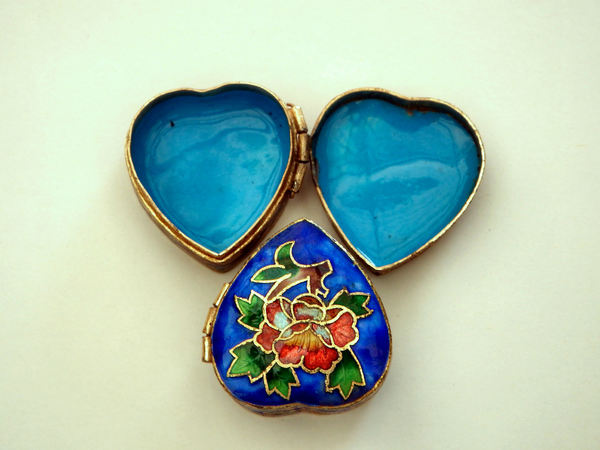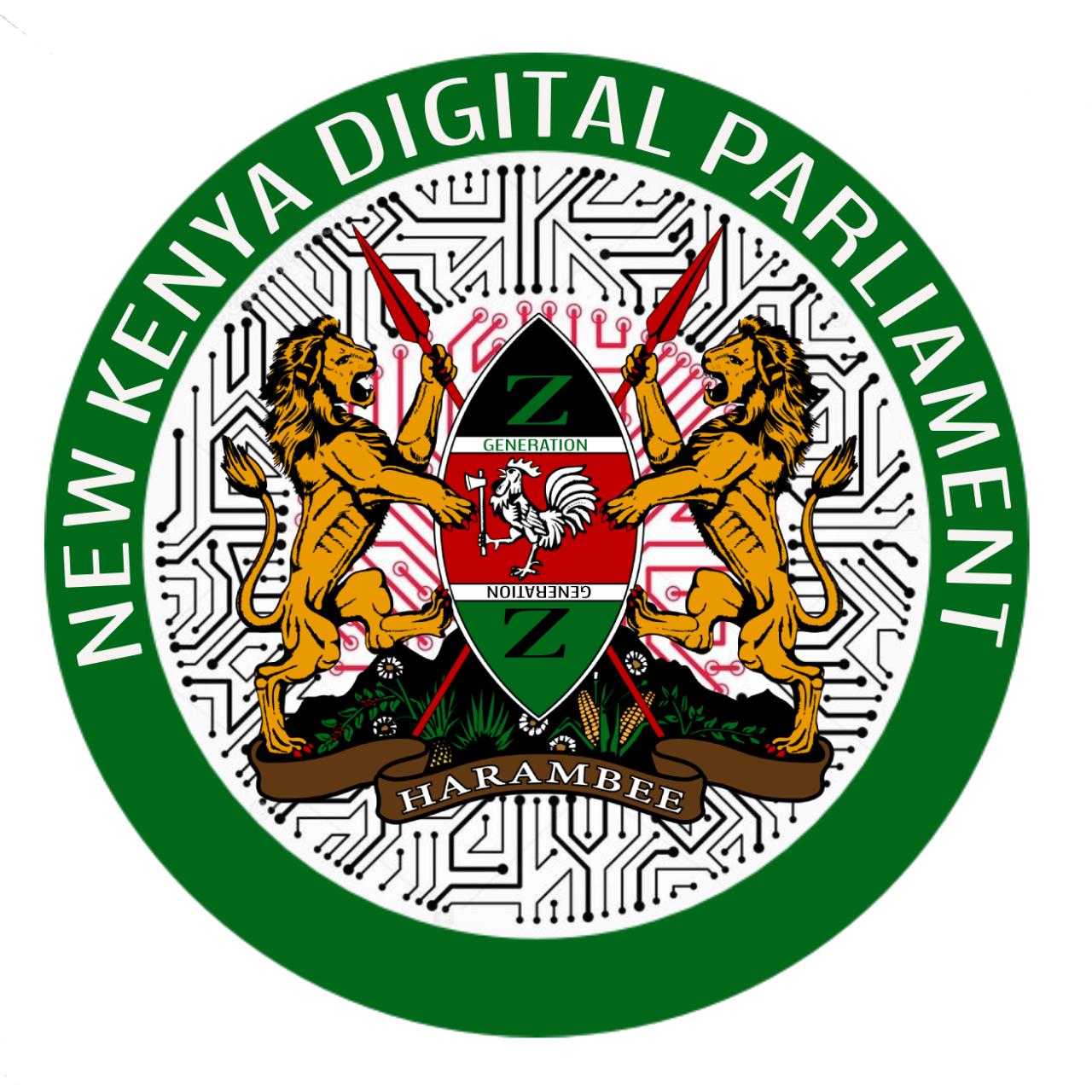Tyson, who was the number one contender, faced number two contender Donovan “Razor” Ruddock on March 18, 1991, in Las Vegas. Ruddock was seen as the most dangerous heavyweight around and was thought of as one of the hardest punching heavyweights. Tyson and Ruddock went back and forth for most of the fight, until referee Richard Steele controversially stopped the fight during the seventh round in favor of Tyson. This decision infuriated the fans in attendance, sparking a post-fight melee in the audience. The referee had to be escorted from the ring.
 Amanda Serrano on X: “So happy for Daniel Dubois. He is such a hard worker and a great guy. We fought on the same card and he’s super classy. His sister, Caroline, is my girl and a beast. As you know I’m all for sibling champions. My greatest accomplishment is being the first sisters to become world champions honours alongside Cindy. Rooting for them always.”
Amanda Serrano on X: “So happy for Daniel Dubois. He is such a hard worker and a great guy. We fought on the same card and he’s super classy. His sister, Caroline, is my girl and a beast. As you know I’m all for sibling champions. My greatest accomplishment is being the first sisters to become world champions honours alongside Cindy. Rooting for them always.”
Mao and other Communist leaders set out to reshape Chinese society. Industry came under state ownership and China’s farmers began to be organised into collectives. All opposition was ruthlessly suppressed. The Chinese initially received significant help from the Soviet Union, but relations soon began to cool.
Tyson’s new, mellowed state has finally allowed him to get real about his decision to get the tattoo. It boils down to caprice that reflects his drug-addled period. In an interview from 2012, posted on YouTube, Tyson states that he was intending to get “a bunch of hearts and stuff” on his face because he wanted to be known as “The Man of Hearts.” Tyson’s tattoo artist, Victor Perez, straight-up refused, and instead drafted some tribal patterns. “I just thought it was so hot,” Tyson says. “I would be in these dens, these clubs and strip places sometimes and all the girls said ‘oh you are very exotic, where are you from?'”
 Paul gets his face tattooed in a video, and he gets up to show it’s the same tattoo Tyson had on his face for years. In addition, Paul confirmed that he is fighting Mike Tyson and expressed his enthusiasm for the fight. Furthermore, Paul imitated Tyson’s infamous words to Donovan ‘Razor’ Ruddock about making him his girlfriend. Subsequently, Paul mimicked a few more of Tyson’s famous quotes and stated, “My style is impetuous. My defense is impregnable. I want your heart. I want to eat his children. On the 20th, I’ll come out victorious.”
Paul gets his face tattooed in a video, and he gets up to show it’s the same tattoo Tyson had on his face for years. In addition, Paul confirmed that he is fighting Mike Tyson and expressed his enthusiasm for the fight. Furthermore, Paul imitated Tyson’s infamous words to Donovan ‘Razor’ Ruddock about making him his girlfriend. Subsequently, Paul mimicked a few more of Tyson’s famous quotes and stated, “My style is impetuous. My defense is impregnable. I want your heart. I want to eat his children. On the 20th, I’ll come out victorious.”
I’m no expert, just a fascinated artist, but everything I’ve read abut Maori tattoo traditions (“moko”) say that warriors tattooed their whole face, not just some little bit around the eye, and that a big part of the process is enduring the months of painful work required for the full face. I didn’t go back just now to fact-check this little bit but I distinctly remember reading that only priests wore partial tattoos by the eye. Not only did the warriors tattoo the full face, but the designs were incised so deep that the skin became ridged and grooved like a sculpture. In H. G. Robley’s book, Maori Tattooing, first published in 1896 when the tradition was still in general practice, there is not a single example of a man’s face without extensive tattooing.
Yes, tattoos are allowed in boxing. Many boxers have tattoos, and there are no regulations within professional boxing that prohibit tattoos. Tattoos are considered a personal choice and a form of expression, and they do not interfere with the rules of the sport.
“My sights are set on becoming a world champion, and now I have a chance to prove myself against the greatest heavyweight champion of the world, the baddest man on the planet and the most dangerous boxer of all time. Time to put Iron Mike to sleep,” Paul wrote on social media.
Tyson made his professional debut as an 18-year-old on March 6, 1985, in Albany, New York. He defeated Hector Mercedes via first-round TKO. He had 15 bouts in his first year as a professional. Fighting frequently, Tyson won 26 of his first 28 fights by KO or TKO; 16 of those came in the first round. The quality of his opponents gradually increased to journeyman fighters and borderline contenders, like James Tillis, David Jaco, Jesse Ferguson, Mitch Green, and Marvis Frazier. His win streak attracted media attention and Tyson was billed as the next great heavyweight champion. D’Amato died in November 1985, relatively early into Tyson’s professional career, and some speculate that his death was the catalyst to many of the troubles Tyson was to experience as his life and career progressed.
By 1990, Tyson seemed to have lost direction, and his personal life was box in bing.com disarray amidst reports of less vigorous training prior to the Buster Douglas match. In a fight on February 11, 1990, he lost the undisputed championship to Douglas in Tokyo. Tyson was a huge betting favorite; indeed, the Mirage, the only casino to put out odds for the fight, made Tyson a 42/1 favorite. Tyson failed to find a way past Douglas’s quick jab that had a 12-inch (30 cm) reach advantage over his own. Tyson did catch Douglas with an uppercut in the eighth round and knocked him to the floor, but Douglas recovered sufficiently to hand Tyson a heavy beating in the subsequent two rounds. After the fight, the Tyson camp would complain that the count was slow and that Douglas had taken longer than ten seconds to get back on his feet. Just 35 seconds into the tenth round, Douglas unleashed a brutal uppercut, followed by a four-punch combination of hooks that knocked Tyson down for the first time in his career. He was counted out by referee Octavio Meyran.
